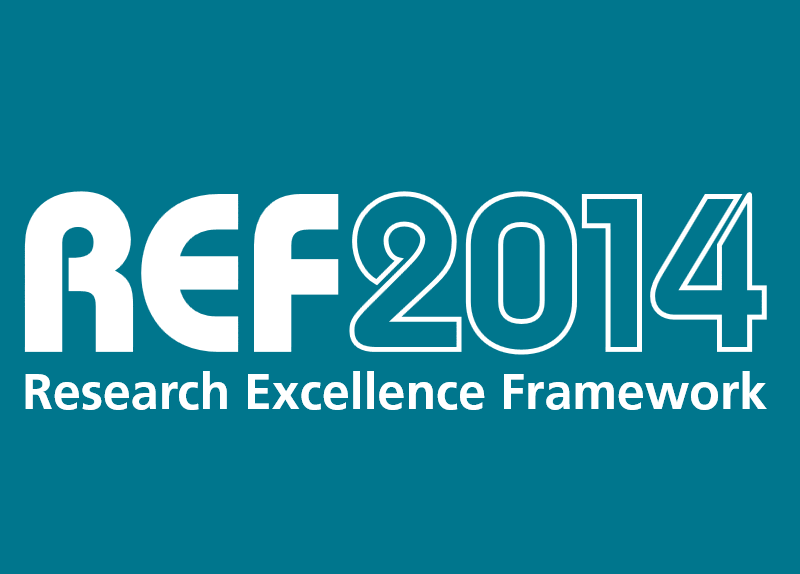1) The funding formulas still need to be worked out – do Hefce or BIS (or HMT) care about ‘research power?’ If not what do they care about?
2) Steve Smith calls this ‘half time’ on the basis of 1). Given that there is a Science and Innovation Strategy, capital funding, a review into Research Councils and we still await a Hefce grant letter, a general election and a spending review, this is more like half time in the quarter finals…
3) In the Autumn Statement and Science and Innovation Strategy, government has given itself plenty of wriggle room. £2.9billion for grand challenges for example. But they also set out Haldane’s six (yes, six) principles from 1918 alongside some pretty hefty commitments to higher level skills, Catapult Centres, eight great technologies and eleven sector strategies (both of which may grow in number).
4) Nick Hillman in his HEPI blog says that the sector may be particularly thankful about the impact measures and case studies when the time comes to argue the case for all science and research spending in the coming spending reviews. He’s right of course although we may all wish we had even more evidence of impact by that time.
5) Research Fortnight and others are probably right about more of a shift towards the golden triangle (in most of the quarter finals) but they probably overstate it a little on the basis of the REF results. But again the Science and Innovation Strategy puts ‘place’ and ‘sector’ high in its thinking. Let’s call that another stabiliser or more wriggle room?
6) Blood on the carpet? Much has been made about the possibility of job losses post REF. But look at the squads sent into play in the first place. There will have been plenty of blood (old and new as well as spilt) in the run up to REF. It’s relatively easy to spot those who have built up squads and have either performed or not performed. Let’s see what happens there.
7) There’s quite a lot of specialisation going on under the surface. Many institutions – of all types – are picking disciplines (or winners) to focus on and they’re doing reasonably well in the process. It’s another reason why the overall performance of the sector has increased. In the process, a fair bit of mediocrity has been weeded out. Clustering of different specialisms also looks slightly different on a map than the overall scores.
8) Research funding in Devolved Administrations are creating their own effects – Edinburgh and Cardiff are benefiting and beginning to look quite ‘golden’ and a bit ‘triangular’ too?
9) The merger factor. UCL have increased income and rankings for several reasons but merging with IoE and SoP are two important ones. If Oxford and Cambridge really did become Oxbridge then they’d be out of sight. Or if the University of London were to reform and include UCL, Kings, LSE and Imperial, then it would be. This is more like adding up than multiplying.
10) Few outside of higher education and associated bits of government care very much about the REF or the Science and Innovation Strategy, though everyone likes a league table or a ‘top ten’. We may not have noticed this, we may not like it very much but we should at least be aware that no one cares quite as much about research as we do.

